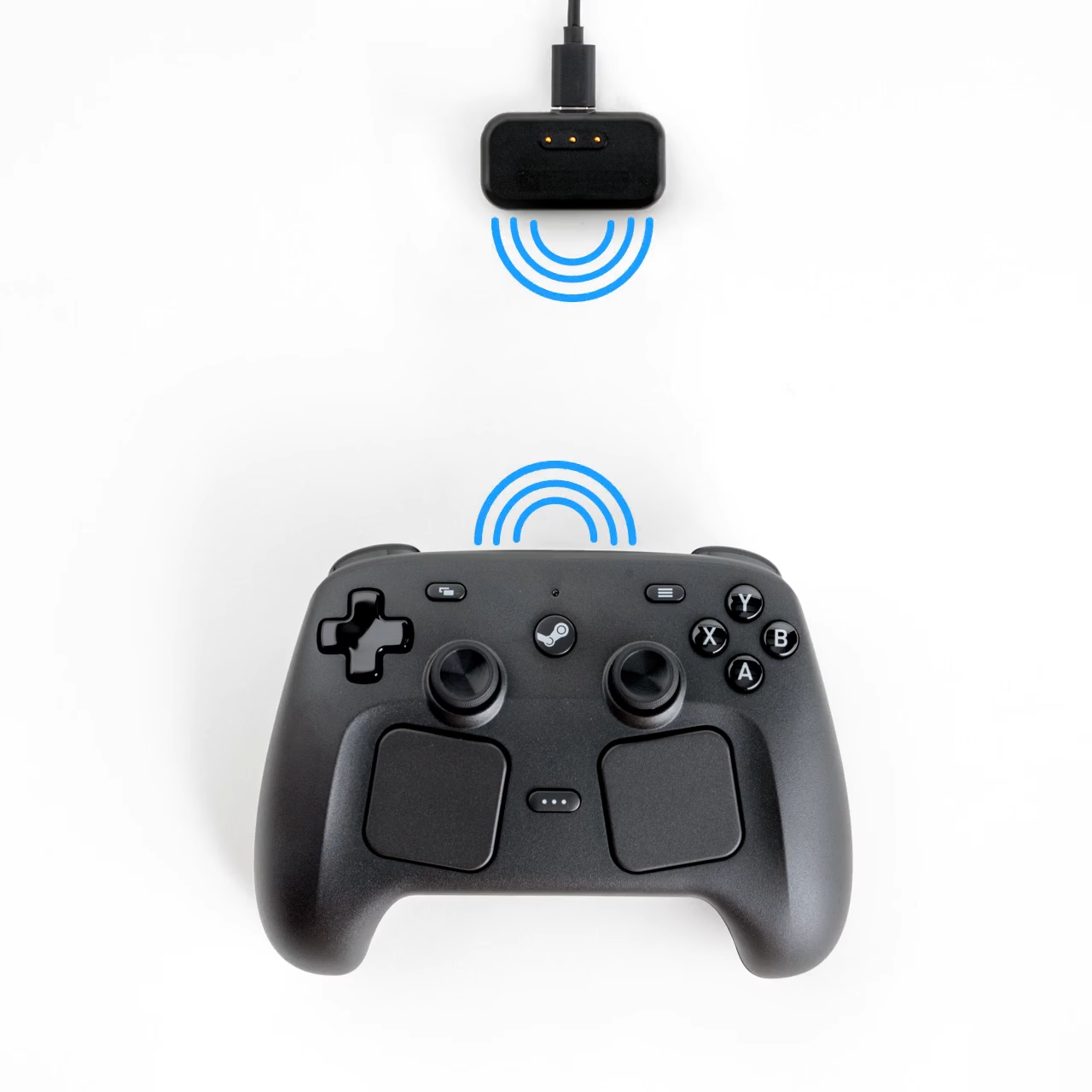Valve Unveils Steam Frame, Steam Machine, and New Steam Controller, All Arriving in Early 2026
Valve has officially revealed three major hardware products launching in early 2026, marking one of the company’s most ambitious hardware pushes since the introduction of Steam Deck. The announcements include the Steam Frame virtual reality headset, a new Steam Machine compact gaming PC, and a next generation Steam Controller. While pricing has not yet been announced, Valve has released extensive technical details for all three devices.
Steam Frame: Valve’s New Wireless VR Headset
Valve’s long rumored VR project, previously known under the codename Deckard, has now been formally introduced as the Steam Frame. Rather than being a simple successor to the Valve Index, the Steam Frame is designed from the ground up as a streaming first wireless VR headset featuring a dedicated six gigahertz wireless link.
The headset uses dual radios, with one dedicated to streaming audio and video while the other maintains a connection to local Wi Fi. This dual link design aims to prevent bandwidth contention and deliver smoother performance.
Built as both a VR headset and a standalone PC, Steam Frame integrates a four nanometer Snapdragon 8 Gen 3 processor, running SteamOS with sixteen gigabytes of LPDDR5X unified memory and either 256 gigabytes or one terabyte of storage. Games that support standalone play will receive a Steam Frame Verified tag, similar to the Steam Deck verification system.
At approximately four hundred forty grams, the Steam Frame is lighter than Meta’s latest Quest devices. The headset features dual speaker drivers per ear, a microphone, and custom pancake lenses providing a two thousand one hundred sixty by two thousand one hundred sixty per eye LCD display at refresh rates ranging from seventy two to one hundred forty four hertz, with the highest mode currently marked experimental. The field of view reaches up to one hundred ten degrees, and the IPD range spans sixty to seventy millimeters.
Steam Frame features fully inside out tracking with four external monochrome cameras and two internal cameras for eye tracking. Eye tracking enables full system wide foveated streaming, which directs the highest resolution rendering to the user’s direct line of sight. According to Valve, this boosts effective bandwidth and visual clarity by more than a factor of ten across all supported games.
New controllers designed for Steam Frame support capacitive finger tracking for VR titles, while also including a traditional control layout for non VR games, such as thumbsticks, a D pad, triggers, bumpers, and ABXY buttons. The controllers run on AA batteries with an estimated forty hour lifespan.
Steam Machine: Valve’s Compact Next Gen Gaming Cube
Valve has reintroduced the Steam Machine brand with an all new design. Unlike the 2015 iteration, the new Steam Machine is a small six inch cube weighing two point six kilograms and positioned as a quiet, compact, console like PC.
Valve claims the new Steam Machine is more than six times more powerful than Steam Deck. It runs on a semi custom AMD Zen 4 processor with six cores and twelve threads, clocked up to four point eight gigahertz at a thirty watt TDP. The GPU is a semi custom RDNA 3 chip with twenty eight compute units and a sustained clock of two point four five gigahertz, paired with eight gigabytes of GDDR6 VRAM and sixteen gigabytes of DDR5 memory.
The device is not intended to compete with top tier gaming PCs or consoles like PlayStation 5 Pro, but Valve claims it can achieve up to four K at sixty frames per second via AMD FidelityFX Super Resolution. Critically, the Steam Machine is designed to be whisper quiet even under load.
Connectivity includes DisplayPort one point four supporting up to four K at two hundred forty hertz or eight K at sixty hertz, HDMI two point zero supporting up to four K at one hundred twenty hertz, two front USB A three point two ports, two rear USB A two point zero ports, and one USB C three point two port. Networking includes gigabit ethernet and Wi Fi 6E.
Storage options include a five hundred twelve gigabyte NVMe SSD or a two terabyte NVMe SSD, with both models including a high speed microSD slot for further expansion.
SteamOS 3 powers the console with KDE Plasma as the desktop interface. The built in wireless adapter allows pairing up to four Steam Controllers simultaneously.
Next Generation Steam Controller: New Thumbsticks and Grip Sense
Valve also announced a brand new Steam Controller, separate from the VR controllers included with Steam Frame. The design introduces magnetic thumbsticks powered by TMR (Tunneling Magnetoresistance) sensors. These thumbsticks support capacitive touch for enhanced motion control accuracy and complement the controller’s high definition haptics.
A major innovation is the new Grip Sense input, which enables gyro aiming through capacitive touch. Users can initiate or disable gyro functionality simply by holding or releasing the grip, and the input can be mapped freely like any standard controller binding.
The Steam Controller weighs two hundred ninety two grams and offers up to thirty five hours of wireless play. Each unit includes a new accessory called the Puck, a low latency wireless transmitter that also functions as a magnetic charging dock. The controller is compatible with Steam Deck, Steam Frame, Steam Machine, and standard PCs.
Valve is preparing to release all three products in early 2026. With a portable standalone VR headset, a compact gaming PC, and a reimagined controller ecosystem, the company appears poised to expand the Steam hardware family in new and ambitious directions.
Which of Valve’s new hardware announcements are you most interested in: the Steam Frame, the new Steam Machine, or the updated Steam Controller? Share your thoughts below.









